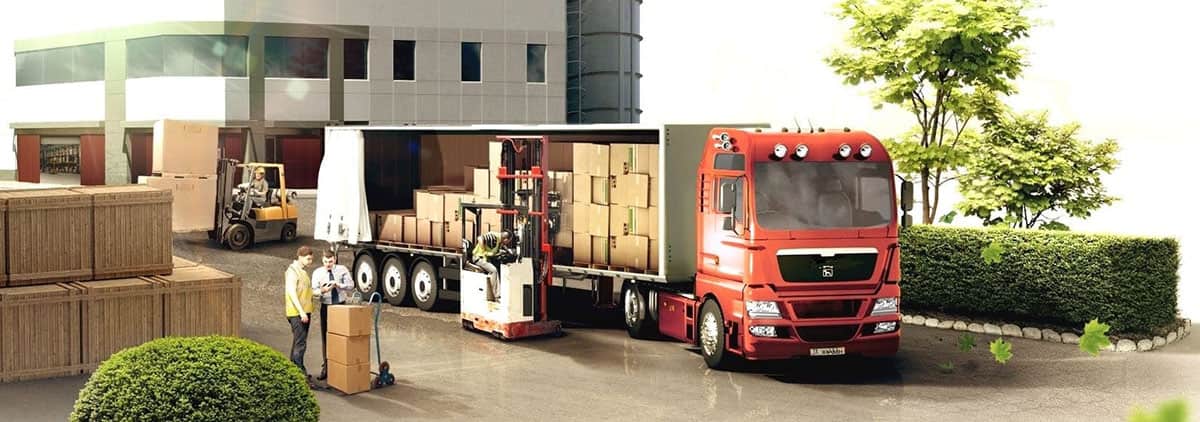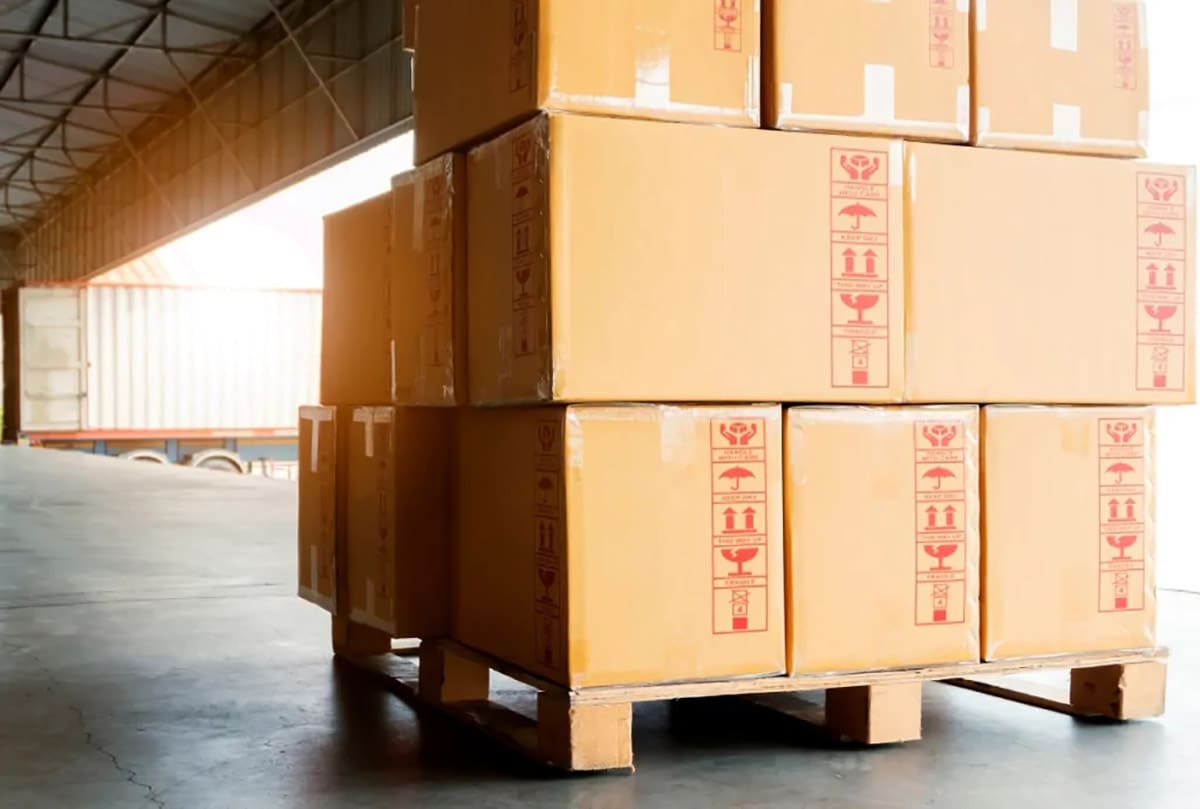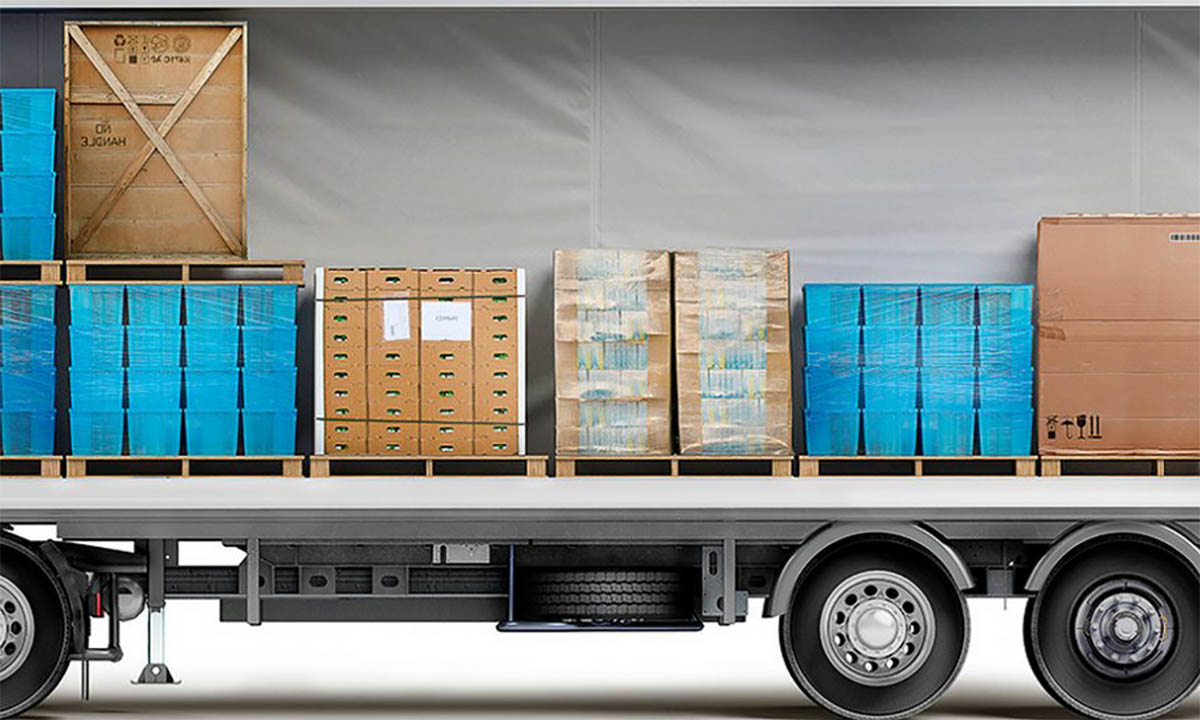
Reliable packaging of goods is crucial for successful delivery. It protects the merchandise from damage, theft, and spoilage during transportation.
Proper packaging helps compactly arrange goods, saving space during transportation and storage. In this article, we will discuss important nuances of packaging for delivery that you need to know.
When choosing the type of packaging, it is important to consider the characteristics of the product itself. For heavy items with large sizes, it is recommended to choose packaging with strong protection and additional reinforcement. This packaging can withstand large loads and prevent possible damage during transportation. Packaging is not just a shell for the product. Its size is crucial for maintaining the integrity of the product. Not knowing how to properly package the product can lead to damage that will not be compensated later.
There are many types of packaging, each with its own characteristics and used for different types of goods.
1. Cardboard boxes are the most common type of packaging for transporting goods. They hold their shape well and come in various sizes.

Cardboard boxes protect against damage and maintain integrity.
2. Stretch film is used to protect goods from dust, moisture, and damage. It is especially useful for compact packaging and securing goods during transportation.
3. Polyethylene bags are convenient for packaging small items such as clothing or stationery. Bags come in different sizes and strengths.
4. Bubble wrap is used to protect fragile goods from impacts and damage. It has large bubble pockets that cushion impacts.
5. Crate packaging is a reliable way to transport fragile, oversized, and non-standard cargo. Wooden crates protect it from damage during transportation. This packaging method is suitable for transporting, for example, machinery, equipment, sculptures, works of art, etc.
6. Thermal packaging is used for transporting goods that require specific temperature conditions, such as food products or pharmaceuticals.
7. Pallet boards are sturdy and versatile packaging used for transporting and storing various types of cargo. They are ideal for large, heavy, or fragile goods.
It is important to remember that each packaging has its weight (gross), for which you also pay for the transportation of the goods. It should not be perceived as additional and unnecessary expenses. This is payment for the safety and preservation of your goods during transportation.
In most cases, the task of finding and controlling the use of suitable packaging is entrusted to the logistics company. Packaging standards for goods vary depending on the cargo, but the basic ones are:
Packaging for transportation must also comply with legal requirements, regulations, and standards. Everything related to the cargo should be reflected in the accompanying documents. Customs brokers handle this paperwork — the customs broker service is available at DiFFreight.

When delivering consolidated cargo, it is necessary to optimally utilize space in containers.
When delivering consolidated cargo, the main goal is to efficiently use the available space in containers or on pallets. Goods are arranged to avoid damage during transportation.
To protect fragile cargo, bubble wrap, styrofoam, air cushions, or other soft materials are used. Also, for this type of goods, sturdy packaging with soft padding is required. Tape, stretch film, styrofoam inserts, or other means are used for fixation in packaging.
Each consolidated cargo is appropriately labeled to facilitate identification and sorting during delivery.
Fragile items are those that can easily be damaged during impacts, collisions with hard surfaces, and other mechanical influences. The best packaging for fragile goods:
Packaging of fragile goods is an important logistics stage for this category. If necessary, the logistics company may add additional film or pellets to ensure the goods arrive intact.
Typically, oversized cargo packaging consists of rigid containers that ensure the safety of not only metal structures and reinforced concrete products but also equipment and small architectural forms. Oversized cargo is transported in specialized containers (e.g., Open Top or Flat Rack), which speeds up loading and unloading processes. In the case of exceeding standard sizes, transportation may be carried out on the decks of ships, railway, or road platforms. Oversized cargo is secured on the platform using fastening straps, chains, anchoring devices, welded structures, and supports. For road transport of large structures, the vehicle is equipped with a special "Oversized Cargo" sign and red and white reflective markers. Delivery of goods from China to Ukraine is a very complex and expensive process. Choose a reliable logistics company with experience in such transportation.
When transporting cargo, many factors need to be considered: the type of goods, distance, delivery deadlines, packaging specifics, and customer requirements. Quality packaging is the key to successful delivery. Properly selected packaging, materials, and knowledge of packaging nuances will help keep your goods safe and deliver them on time.
If you are looking for a reliable carrier, the logistics company DiFFreight is happy to be your partner. With our assistance, you can be sure that your goods will be delivered quickly, safely, and on time.